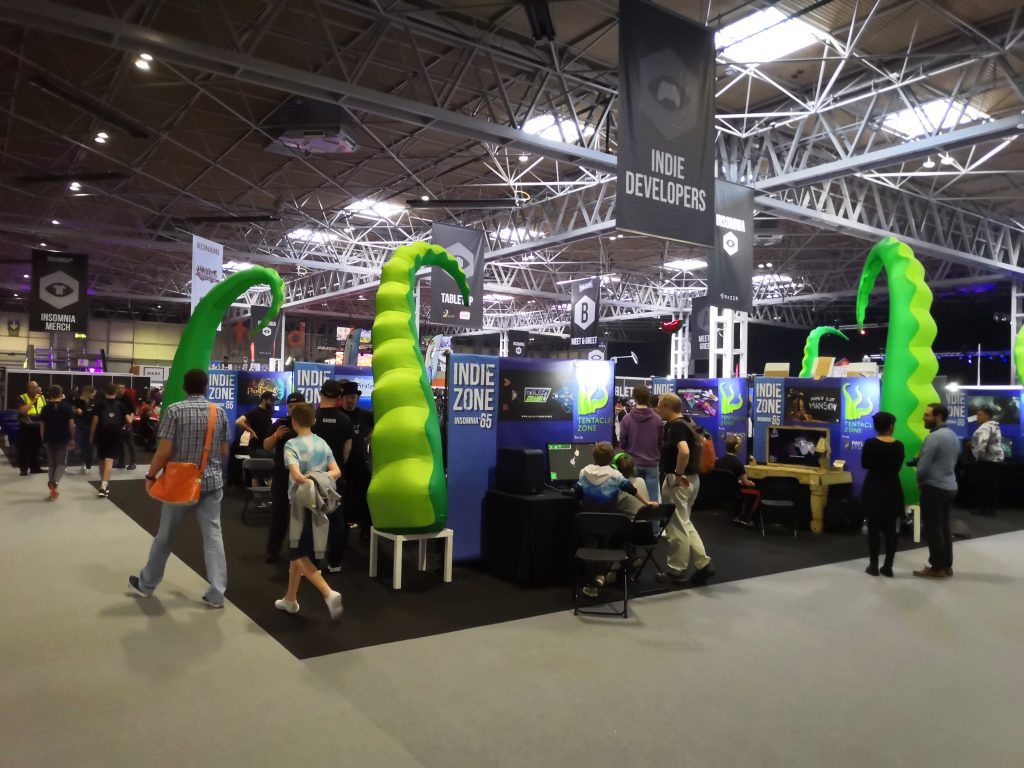Many people believe they have a good idea of what a gaming community is like, but the truth is, what most people believe are misconceptions. A few years ago, Amazon instructed one of its partners for app monetization, Nativex, to remove ‘hyper-casual game publishers’ from the company’s media strategy.
However, their partner was able to show to the massive corporation that the so-called “hyper-casual gamer” audience is mostly women above the age of 25, who also enjoy things like e-books, which are wildly popular on the platform–and their data showed that Kindle campaigns were the most successful when they were used to target this customer group.
The general manager of Nativex, Tiffany Ou, said at the time that she believed that common misconceptions about gamers were beginning to go away. Despite this, there is still a common tendency among advertisers to unfairly stereotype gamers and meld every gamer into a single, catch-all category. Research shows this is preventing advertisers from tapping into what is actually a fairly large and desirable community of gamers who are looking to claim rewards.
Like any group of people, the gamer community is highly diverse. According to a recent study, around 33% of the world’s population will play a mobile game at some point this year. That’s over 2.5 billion people! The numbers for PC gamers are similarly high, with nearly 1.5 billion people projected to play and almost 750 million for console games.
According to many experts, nearly every company on the planet has some degree of overlap between its customer base and the gaming community.

Challenging Common Stereotypes
It’s important to remember that gamers include a vast swathe of people, everyone from elderly grandmothers playing their favourite game on Facebook – including Farmville, a game popular among that demographic – to your cool, millennial best friend who plays World of Warcraft in his downtime.
Despite this, many of these individuals do not identify as gamers. In fact, many actively reject the label, with nearly 75% of moms admitting to playing some video games in their spare time, but only half of those same moms saying that they identify with the term “gamer.” Whether they identify as such, all of these individuals are gamers by definition.
Regardless of their intentions, this refusal to identify with the term “gamer” helps in perpetuating the mainstream myth that gaming is the exclusive property of “dude-bros” and prevents many advertisers from investing in targeting this industry. Jon Hook, who serves as the Vice President of Publishing at BoomBit, a video game development studio based out of Poland, says that he has seen this form of bias against gamers throughout his long career in the industry.
According to Hook, advertisers have told him that they believe gamers are just “kids in their bedroom” and questioned why companies should want to invest money in targeting this audience. Yet, looking at the data shows that this industry is far more lucrative than it may appear to the casual observer.
Who Counts as a Gamer
The gaming community can most easily be identified by the specific genre of the games they play, as well as the platform they use to game and the type of gameplay that they prefer.
Dan Barnes, who serves as Chief Operating Officer of game development company N3twork – known for creating the popular roleplaying game Legendary: Game of Heroes – says that the idea of what constitutes a certain gaming audience is changing to include what types of games they’re playing, rather than what type of gamer they are.
PC Gamers
Personal computer, aka PC, games are a type of video game that tends to draw in gamers who are a little more hardcore than the types you typically associate with mobile games like Candy Crush. This is because this type of gamer is more willing to invest big in the – sometimes outrageously expensive – hardware required for a fully optimized PC gaming experience. This category of gamers tends to be male and is largely made up of men with a fair amount of disposable income looking for a fun, interactive way to let off a little steam in their free time.
That being said, plenty of women enjoy PC games, as well. In some studies, as many as 40% of mums who said that they play video games stated that they play games on their personal computer or laptop on a daily basis.
This constitutes a huge advertising opportunity, considering the number of vendors which permit advertisers to display in-game ads to customers for personal computer games. There are even some games that allow for in-game items to be converted into advertisements, including billboards, the sides of cars, the clothing worn by characters and more.

Esports Gamers
The esports gaming community is primarily male, between 20 and 40 years old and difficult to reach with advertising. Notwithstanding, this community- like every community of gamers – is still quite diverse, and esports should not be considered a blanket term to encompass what constitutes a wide variety of players with different backgrounds and habits.
Some of these esports gamers will watch things like live streams of video game tournaments on platforms like Twitch because they find them entertaining. Others watch as a means of improving their own gaming experience. Some gamers even bet on these competitions, and a smaller, more dedicated group will actually compete.
The variety of consumption has an impact on the ways that advertisers should try to connect with the esports community, as does the individual game that is being played. While there may be a degree of crossover between certain titles, dedicated fans of League of Legends probably won’t be caught watching a stream for Call of Duty, and the reverse applies as well.
While it’s true that not every company can afford to host something like a Travis Scott concert in Fortnite that rakes in over 12 million views the way that Nike has in the past, that’s the degree of interest the increasingly diverse community of gamers should be attracting from advertisers. Though the stereotypes about video games being for kids are still a problem, more and more influencers are showing just how widespread this hobby has become.
For even more opinion pieces like this one on the wider gaming community, click right HERE.